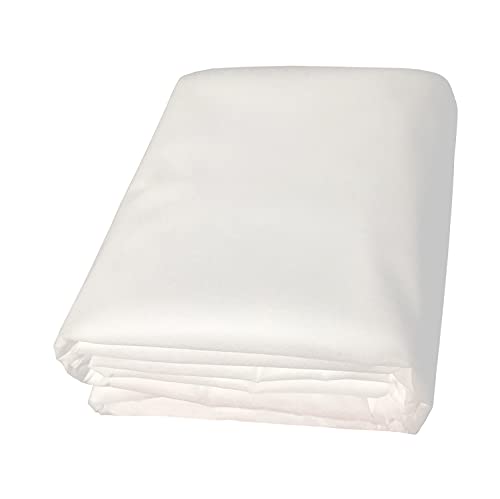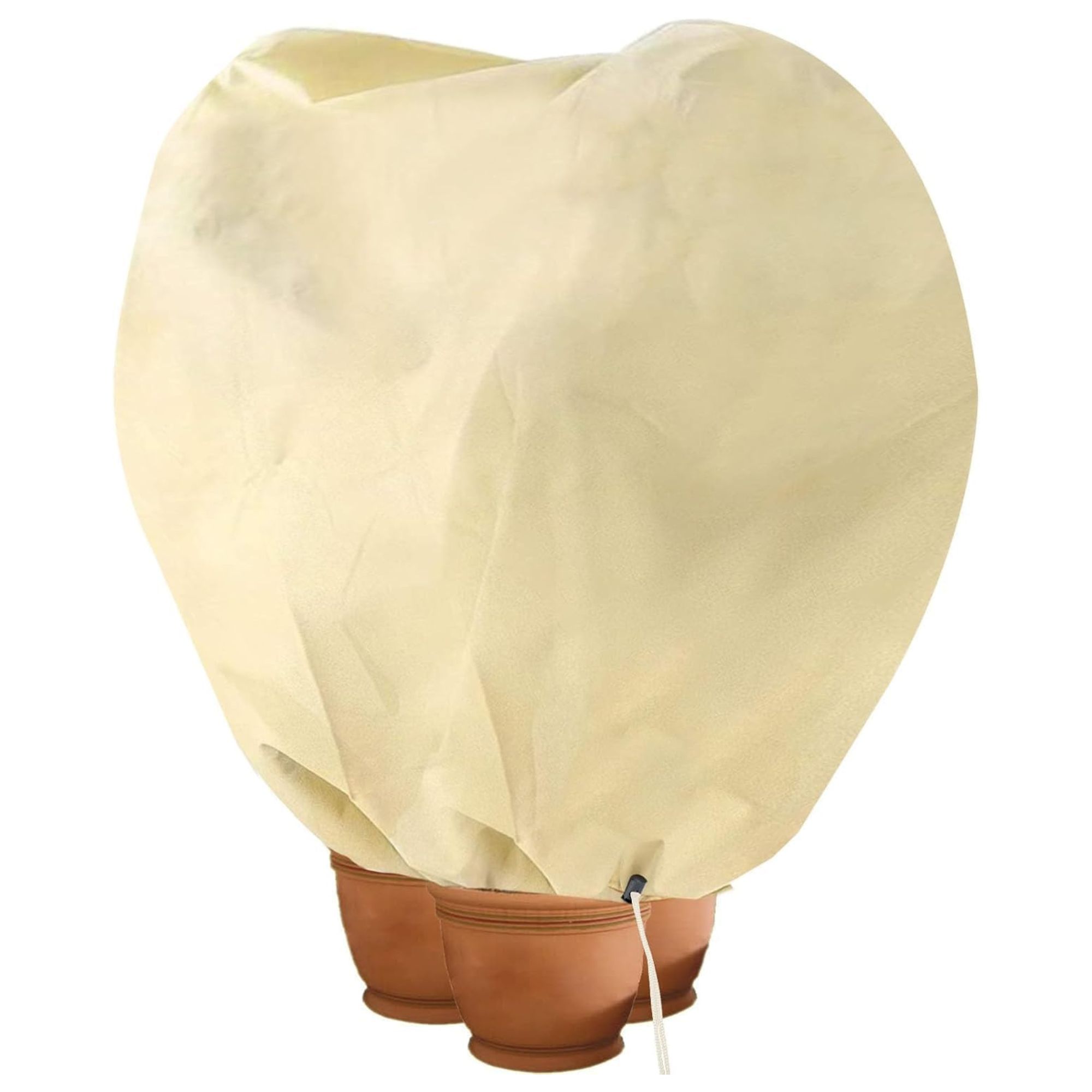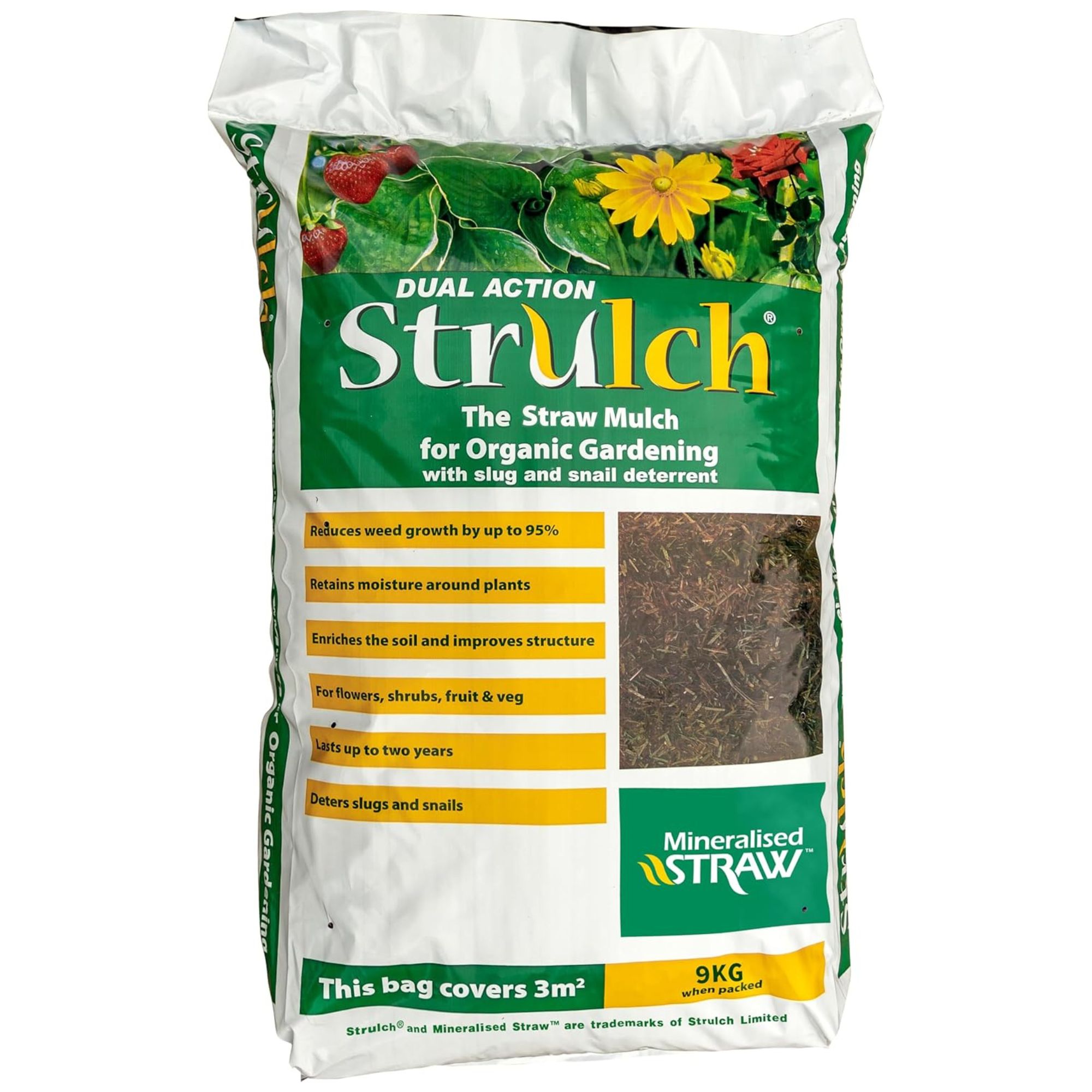Can you save a plant that's been exposed to frost? How to tell if it's too late, and what to do with frostbitten plants
Here's what the experts say...


Temperatures have plummeted this week, with many parts of the UK waking up to the first frosts of the year. But can you save a plant that's been exposed to frost?
In an ideal world, you'll have been busy getting your garden ready for winter and overwintering your plants in time for that first layer of frost. But we know that isn't always the reality – in fact, one of the most common overwintering mistakes is failing to protect your plants on time.
So, that brings us back to the big question: can you save a plant that's been exposed to frost?
We've checked in with garden experts to find out whether you can bring a frostbitten plant back from the brink of death.
Can you save a plant that's been exposed to frost?
So, you've woken up to frosted plants. What now? Well, it depends on the type of plant, for starters.
'Tender plants with frost damage are far less likely to survive and will probably need replacing, whereas hardy perennials should survive frosts,' explains Morris Hankinson, founder of Hopes Grove Nurseries. 'As long as the roots aren’t damaged, the plants will grow back.'
If you've been researching whether perennials need to be protected from frost, you're probably aware of the difference between hardy and tender plants.
Sign up to our newsletter for style inspiration, real homes, project and garden advice and shopping know-how
Luckily, there's an easy way to check how tough your plants are.
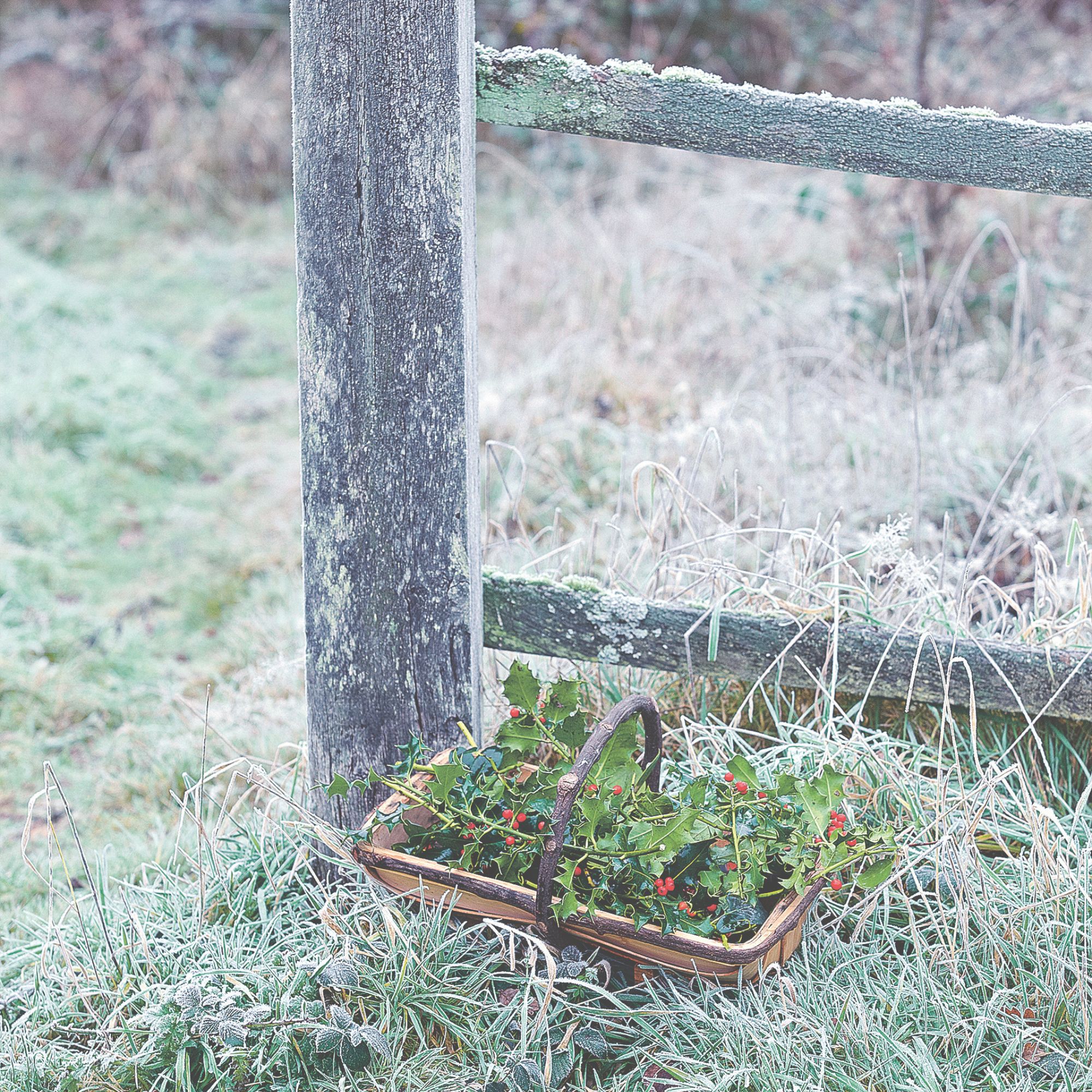
'Always check the hardiness of your plant,' says Chi Chi Dunford, head kitchen gardener at Sculpture by the Lakes. 'You can find a temperature guide and hardiness ratings on the RHS website, and this will tell you if you can leave them in the garden all year round, or only during summer months.'
What does this mean for plants that have been exposed to frost? 'If the growing point is not damaged by frost, there is a chance it will regrow when the temperature is right for growing again,' Chi Chi explains.

Chi Chi Dunford is the head kitchen gardener at Dorchester’s Sculpture by the Lakes, an internationally accredited botanic garden. Chi Chi joined the team in 2022 and manages the park’s quarter-acre allotment, growing fresh, seasonal produce which is used in the on-site café – the Makers Yard Kitchen. Chi Chi has a bachelor’s degree in forestry and resource conservation from National Taiwan University. She was also trained as a biodynamic gardener in 2008 and is currently taking an RHS level 3 diploma.
Frost-damaged plants
If you're sure that your plants have been bitten by the frost, there's still hope. But first, you'll need to assess the level of damage.
'It is possible to save a plant that has been damaged by frost, but it will depend on the plant and how severe the damage is,' explains Morris. 'If there is simply some wilting due to a light frost, the plant may recover (minus some foliage) as the weather warms up.
'If the plant has endured more severe damage, it’s possible it won’t recover.'
Scorching, darkening of the foliage and collapsed stems are all signs of more serious frost damage and can spell death for the plant.
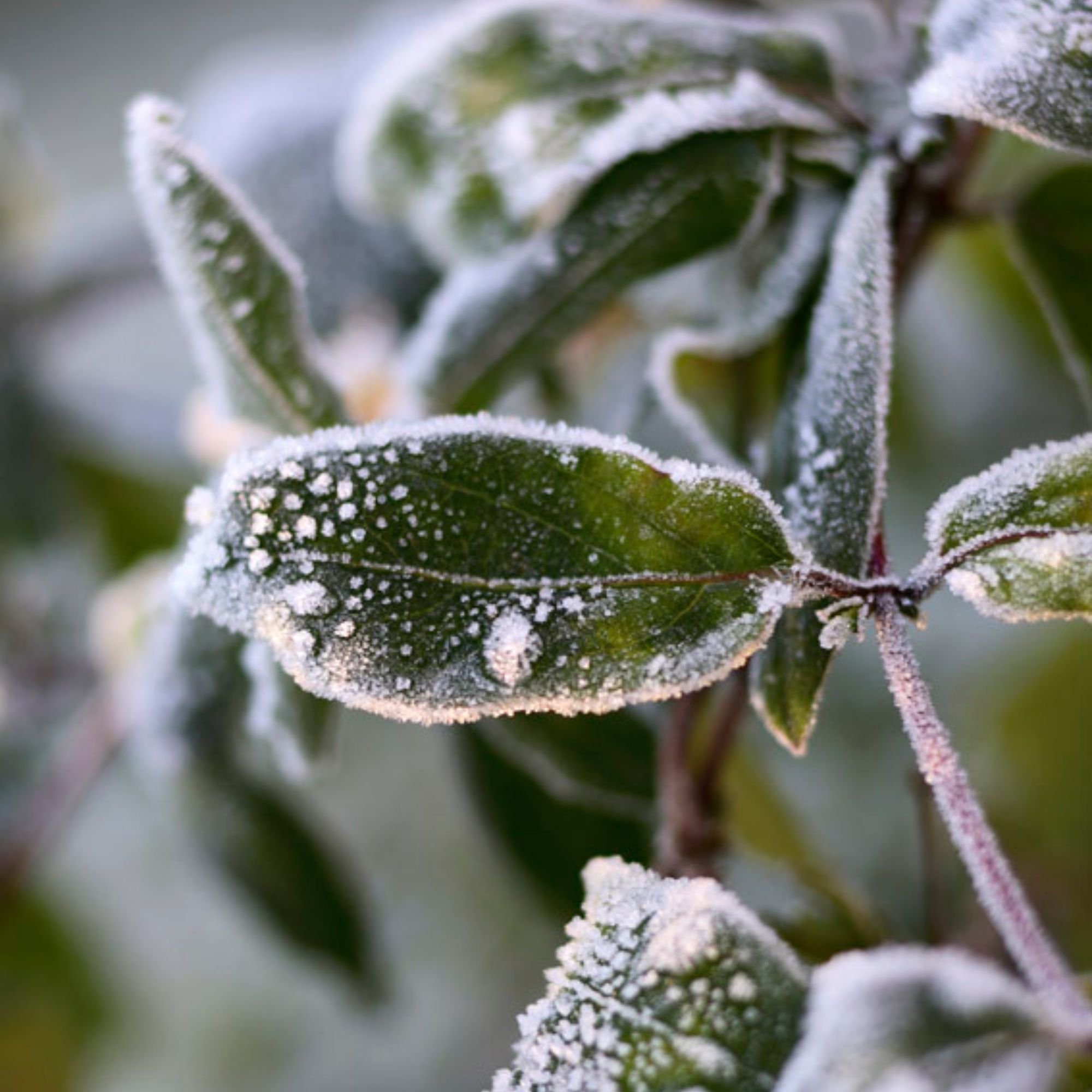
Sometimes, you won't know the full extent of the damage until spring.
'If it’s a plant suitable for growing outdoors all year round, wait until spring to see if any new shoots are coming up,' advises Chi Chi. 'If it’s a tender plant that can only be brought outside in summer, you can bring it indoors to see if it regrows again. After you see the new growth, you can trim away the dead part.'
It might seem like the best idea is to remove the damaged parts of the plant as soon as you spot them, but it's important to wait until the spring before you prune. Trimming your plants before the last frost can leave them even more vulnerable, and the extent of the damage will be more apparent in the spring.
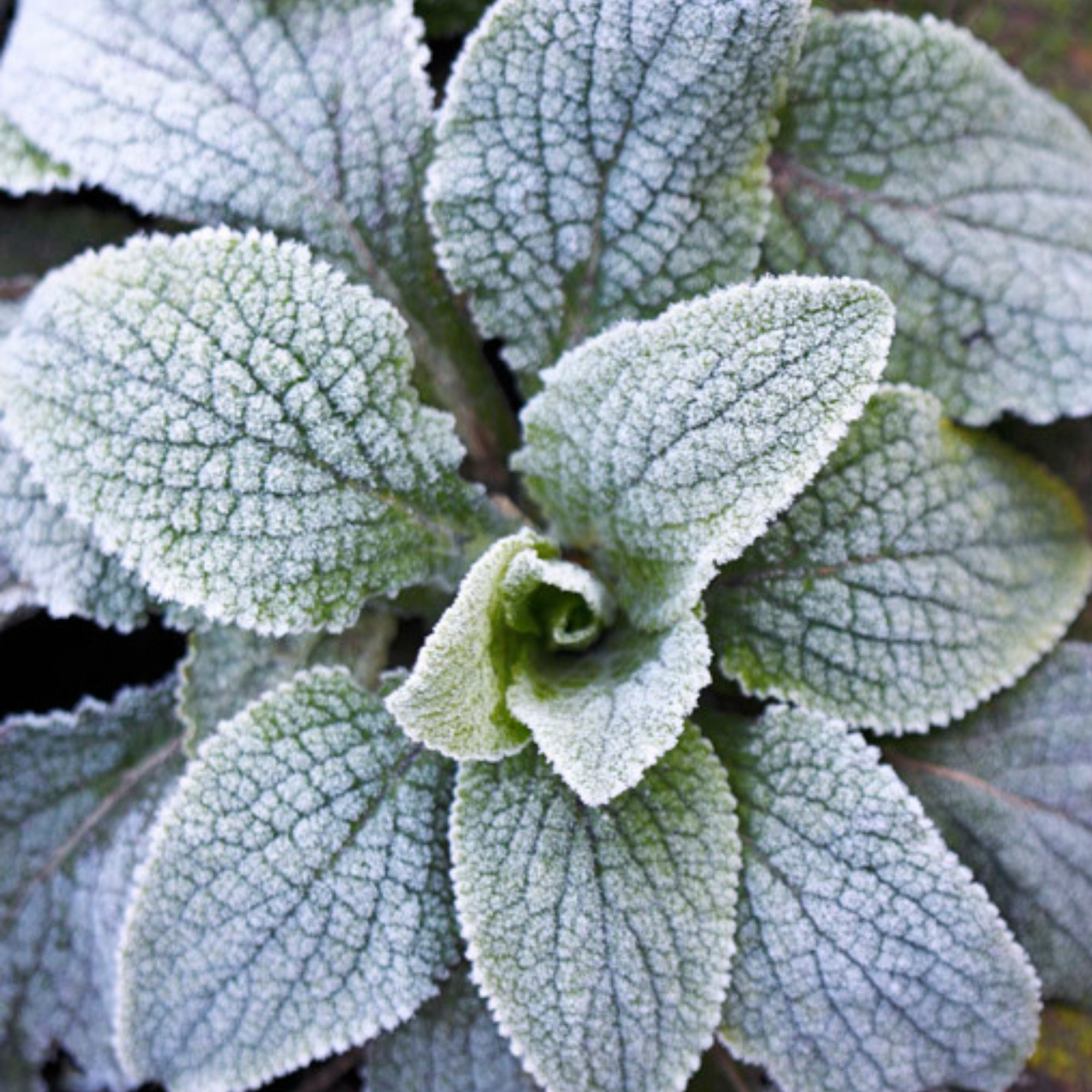
Morris recommends a few protective aftercare measures to limit the damage.
'Allow frostbitten plants and their soil to thaw out before watering,' he says. 'It can be helpful to lay some horticultural fleece over the top of frostbitten plants if they are in pots or the ground.'
So, can you save a plant that's been exposed to frost? It all comes down to the type of plant you're growing and the extent of the damage.
As always, prevention is better than cure, so it's important to learn how to protect plants from frost in the first place. Luckily, there's still time to stock up on frost protection equipment...
Frost protection essentials
FAQs
Should I cut off frost damaged leaves?
If frost has damaged the leaves of your plants, your first instinct might be to prune them away. Don't jump the gun, though.
'If it’s a plant suitable for outdoor growing in your area, leave the damaged leaves for winter protection until spring,' advises head kitchen gardener Chi Chi. 'When the new growth starts, you can then prune dead parts away.'
If the affected plant is tender and requires a frost-free or heated greenhouse for overwintering (you just hadn't quite got it there yet), the rules are slightly different.
'Trim off the damaged leaves and wait until spring to see if there is any sign of new growth, and then trim off the dead stems,' Chi Chi says.
Can you bring a plant back after it freezes?
It all depends on the level of damage. If the leaves have frozen and the plant is relatively hardy, there's a chance you can save it by pruning away the damaged parts in the spring. If the entire plant has frozen, particularly the roots, it's probably gone for good. But again, that depends on the hardiness of the plant you're growing.
Batten down the hatches with some horticultural fleece before it's too late!

Sophie joined the Ideal Home team as Gardens Editor in June 2024. After studying English at Royal Holloway, University of London, she began writing for Grow Your Own, which spurred on her love of gardening. She's tried growing almost every vegetable under the sun, and has a soft spot for roses and dinnerplate dahlias.
As Gardens Editor, Sophie's always on the lookout for the latest garden trend. She loves sharing growing hacks for every space, from herbaceous borders to balconies.
